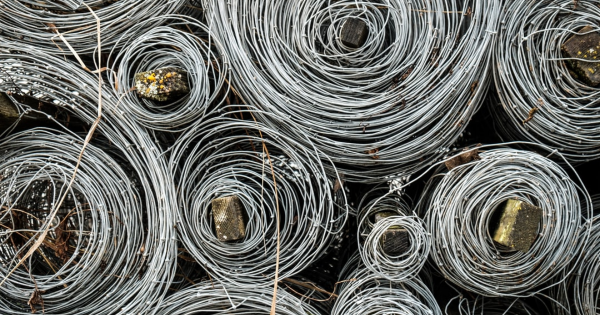Understanding The Production Processes Behind Aluminum And Steel

When investing in different types of metal, one must first understand what each of those types is really made up of, as well as what purposes those different metals can ultimately serve. It’s one thing to invest in thin metal strips, but it’s another entirely to buy metal strips that actually serve the purpose you intend them for. Of course, there are obscure metals that can be much more difficult to get. But generally speaking, the most common metals to be purchased by consumers include aluminum in bar, tube, sheet, or plate form, then hot or cold-rolled steel, and finally stainless steel. With that being said, let’s look into the different qualities carried by these different types of metals.
What Is Aluminum? What Are Its Qualities?
Essentially, aluminum is made of alumina, from which it is melted down and condensed. Therefore, it does not exist in a pure form. It first has to be chemically refined into aluminum, after initially existed as an ore called bauxite. Bauxite itself is often found in the topsoil of tropical and subtropical regions. Looking at it, you would never imagine that the thin metal strips you may buy would be sourced from such a simple ore. Aluminum found within the bauxite is then extracted into alumina, and then smelted into pure aluminum. From then on, it can be turned into the metal we’re more familiar with, from thin metal strips that you may be more familiar with to cans, foils, kitchen utensils, and even airplane parts. The reason why aluminum is so valued as a metal is that it ultimately is quite malleable, and can therefore be used for a variety of different types of projects. However, it won’t necessarily stand up to pressure the way that certain other metals might. The affordability of this type of metal, as well as its versatility, keeps it popular among metalworkers.
What Does It Mean For Steel To Be Hot Or Cold Rolled?
To define hot or cold-rolled steel, you are essentially discussing the milling process used during the steel’s production. Hot rolled steel is steel that is rolled at a temperature higher than its recrystallization temperature, which would usually be around 1000 degrees Fahrenheit. As you may imagine, cold-rolled steel is processed further within cold reduction mills. The material would be cooled down to room temperature and then treated with annealing or tempers rolling. Whereas hot-rolled steel would be used within welding and construction trades, ultimately being used to create railroad tracks and I-beams, cold-rolled steel is relied upon more in projects that require an emphasis on straightness, as well as concentricity and surface condition. When looking for thin sheet metal, you may very well find yourself working with cold-rolled steel.
How Is Stainless Steel Created?
Though we may all be more familiar with stainless steel than other types of metals, and may have encountered some thin steel sheets made out of stainless steel, many of us don’t understand how it is made and why. Stainless steel is created when a combination of its base ores, which are melted down on an electric furnace and then cast. It will then go through a shaping process, followed by annealing, and then descaling. Ultimately, the metal will be cut and then finished after the descaling, and finally further shaped and molded. This is how you can ultimately end up with the thin metal strips that you are more familiar with.
Clearly, the processes used to create and refine different metals can vary wildly. But the more than metalworkers understand about these metals, the more they can ultimately do with them.


